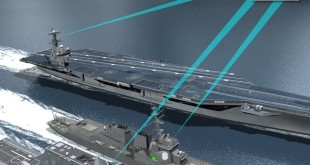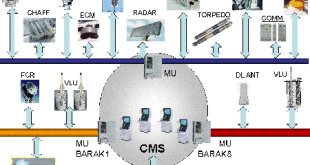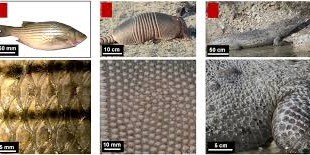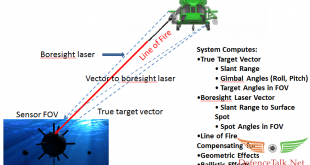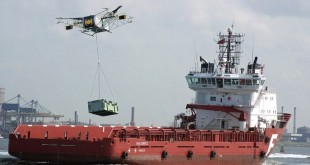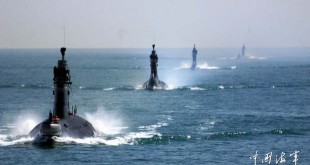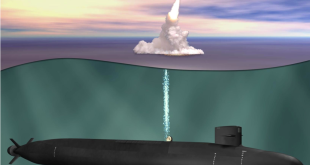Naval Warships now faces wide spectrum of threats from air threats such as hypersonic missiles, ballistic and cruise missiles, rail guns, lasers , UAVs and underwater threats like cavitating torpedoes. One of the prime over water threat is from Anti-Ship Missiles type of guided missiles mostly of the sea skimming …
Read More »Gas turbines favorite propulsion for Warships, China makes turbine blade breakthrough for Type 055 guided-missile destroyers
Marine propulsion is the mechanism or system used to generate thrust to move a ship or boat across water. While paddles and sails are still used on some smaller boats, most modern ships are propelled by mechanical systems consisting of an electric motor or engine turning a propeller, or less …
Read More »Naval Combat and Combat Management Systems (NCMS) being upgraded to handle new maritime security threats
Recent years have seen multiple new security challenges emerge in the maritime arena. Navies, coast guards and other maritime security agencies face a proliferation of security challenges. These include: illegal fishing of territorial waters; incursion of mineral exploitation across legal boundaries; maritime terrorism; narcotics smuggling; pollution as a result of …
Read More »US Navy biologists creating GM bacteria capable of detecting enemy ships and submarines.
US Naval Research Laboratory (Naval Research Laboratory, NRL) has allocated $ 45 million for the implementation of a program to study the prospects for the use of genetic engineering for the navy. Part of the program was the development of genetically modified microorganisms capable of detecting the presence of enemy ships, …
Read More »Researchers looking to fishes for designing biomimetic systems for flexible Armor, faster aircraft and camouflaging skin
It was in the oceans that life first evolved and where complex animals have thrived for over 600 million years. Marine animals survive in environments as diverse as tropical coral reefs, polar ice-capped oceans, and the lightless abyssal depths, says Frank E. Fish from West Chester University and Donna M. …
Read More »Countries developing Underwater LIDAR imaging systems for rapid wide-area anti-mine and anti-submarine operations
Currently, the most widely used technology to detect underwater objects is sound navigation and ranging (SONAR), because acoustic waves can penetrate the water depths to the bottom of the sea. SONAR also suffers from unwanted multipass echoes that are due to reflections from the surrounding terrain. Thus, high-resolution underwater imaging …
Read More »Shipping companies and US Navy experimenting with drones for delivering cargo autonomously
Unmanned aircraft systems (UAS), which are going through a massive development phase, are finding their purpose in the shipping industry as well. In the shipping industry, drones have typically been used for security, environmental surveillance, emergency response, search and rescue missions, as well as various vessel inspections. Now Shipping companies …
Read More »China AI enabled, ultraquiet diesel and nuclear ballistic missile submarines with capability to strike Hawaii and Alaska, has graduated to major naval power
China has boosted its submarine force over the last 20 years, building a modern, flexible force that now has more total ships than the US. The force currently numbers 56 subs – four nuclear-powered missile subs, five nuclear-powered attack subs, and 47 diesel-powered attack subs – and is likely grow …
Read More »US Navy found Faulty Welding in Submarine Missile Tubes, developing non-destructive weld inspection methods
In 2000, a Russian cruise-missile submarine — Kursk — sank, killing all 118 sailors on board. The Russian government concluded the ship sunk due to a faulty weld which caused a gas leak and led to an explosion. The U.S. Navy in August 2018 said that there’s a problem …
Read More »Navies exploring Biomimetics, Bio-inspired mechanisms to improve military underwater sensing, control and communications systems
“It was in the oceans that life first evolved and where complex animals have thrived for over 600 million years. Marine animals survive in environments as diverse as tropical coral reefs, polar ice-capped oceans, and the lightless abyssal depths,” says Frank E. Fish from West Chester University and Donna M. …
Read More » International Defense Security & Technology Your trusted Source for News, Research and Analysis
International Defense Security & Technology Your trusted Source for News, Research and Analysis
